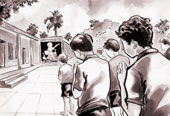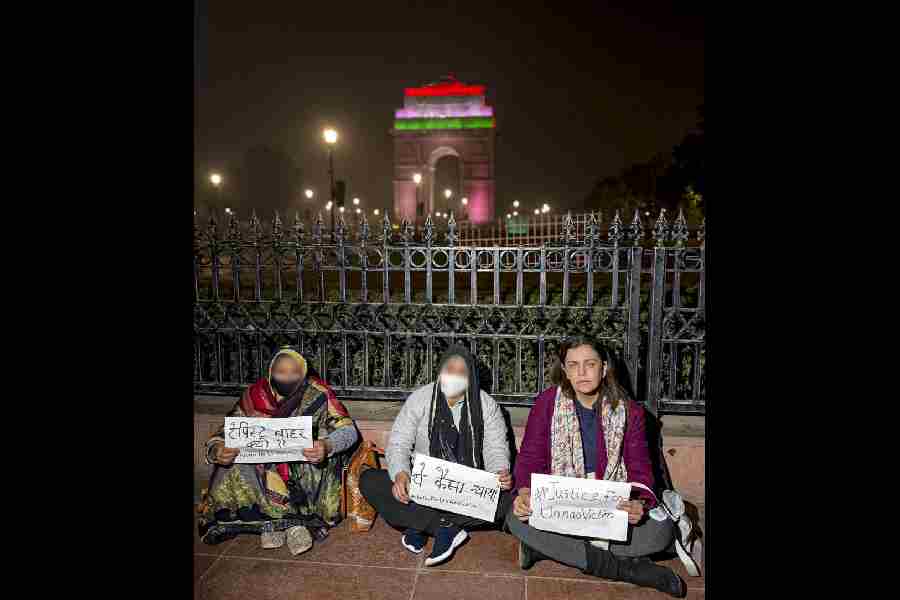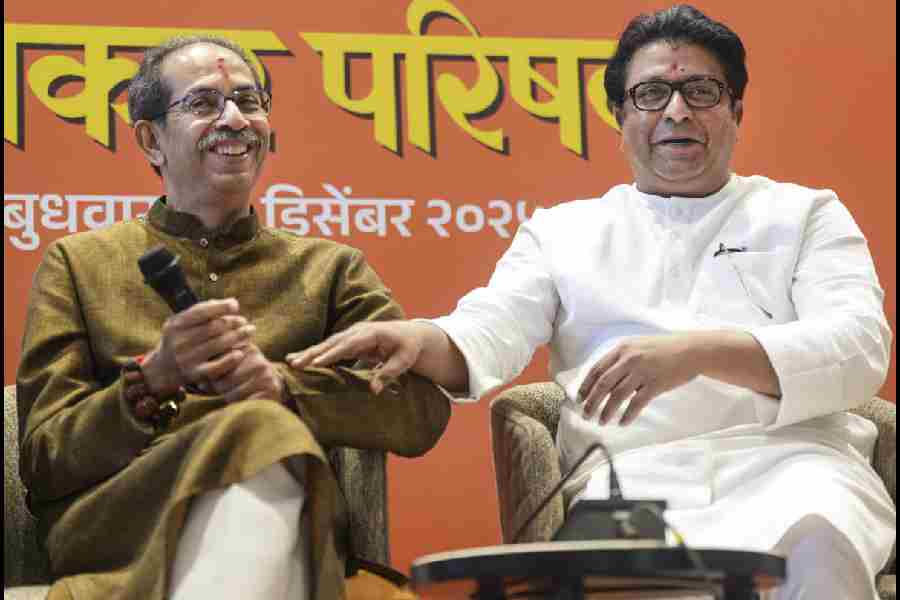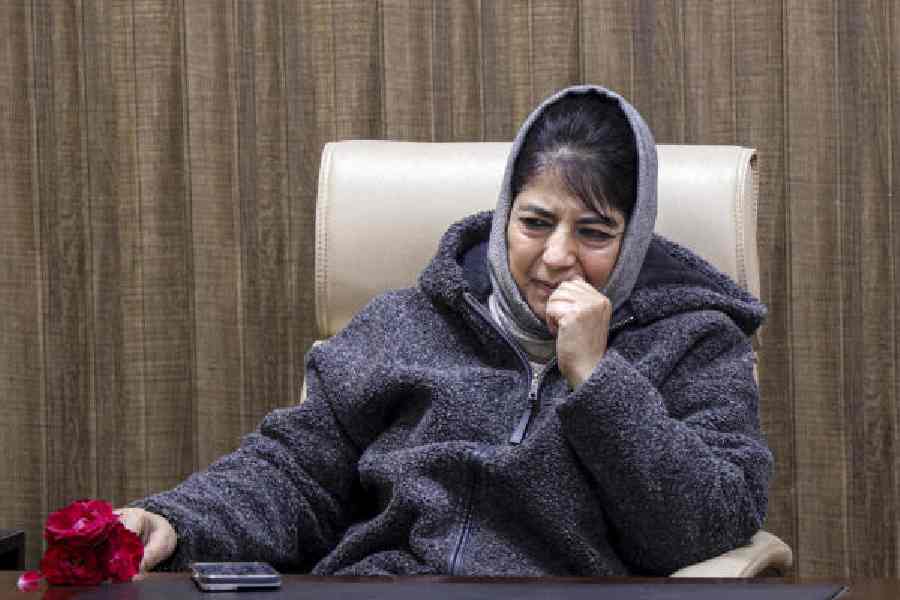 |
| Illustration by Suman Choudhury |
The Saraswati Vandana rings out twice a day here ? first at 10 in the morning to signal the beginning of the school day, and then, at sunset, to signify its end. On each occasion the children assemble in tight, disciplined lines on the lawns along with their teachers ? whom the students address as ‘Guruma’ or ‘Guruji’ ? and together represent a philosophy of education that harks back to an ancient Hindu past.
But no one is complaining. While critics carp at the saffronisation of textbooks by the Sangh parivar, no one at the 517 Saraswati Shishu Vidya Mandirs dotting the towns and villages of India is about to argue with a system that has come up tops in the 2005 higher secondary exam under the Board of Secondary Education, Orissa.
Certainly not the high-enders. Subhasree Madhual, this year’s sixth rank-holder and student of Bhimatangi Saraswati Shishu Mandir, surrenders all credit for her success to her gurus. “The teachers in our schools value discipline and dedication,” she says piously. “They take personal interest in our development and visit our homes regularly.”
Her father, Bhajagobinda Madhual, who is personal assistant to state cooperation minister Surama Padhy, joins in the applause. “In the Saraswati Shishu Mandir schools,” he says, “the stress is on development of the mind. Unlike the government-run schools, here the education is not stereotyped. It is grounded in reality.”
Reality says that after a modest beginning in 1978, the march of these Rashtriya Swayamsevak Sangh (RSS)-run schools is a success story that escaped the public gaze.
But only for a while. By 1992, there were 24,535 students in 96 schools presided over by 1,600 teachers called acharyas. Today, there are more than 7,000 acharyas, who live a no-frills life to teach the students from kindergarten level to standard 10 for a pittance.
They must be doing something right. In early May, it was discovered that six out of 24 students who figured among the top 10 in the 2005 HSC examination are from Saraswati Vidya Mandirs crowding the Orissa landscape. Last year, these schools had excelled in the top 10 list while, in 2003, there were four students among the toppers.
So what, in effect, makes them tick? “We teach well in the classrooms,” asserts Srinivas Sahoo, headmaster of Saraswati Vidya Mandir in the Baramunda area of Bhubaneswar. Last year, 144 of the 203 students in his school had secured first division in the secondary examination. “Besides,” Sahoo continues, “in the Shishu Mandirs, the focus is on a better student-teacher relationship ? unlike in other schools.”
The focus, actually, is on a number of other things. In the tribal areas of the state, these schools do have a role in converting hundreds of tribal Oriya boys into RSS pracharaks who are foot-soldiers in the Sangh’s onward march into the backward state. Students receive ideological training through extra-curricular activities as well. They participate in development work and disaster relief, politicising education and linking it to social service. As the government schools collapsed in the tribal belt due to large-scale teacher absenteeism and lack of facilities ? of even such basic essentials as a blackboard ? the RSS moved in to fill the vacuum through their Shishu Vidya Mandirs.
But, argues Ramesh Charan Tripathy, general-secretary of the Sikshya Vikas Samiti, the body that oversees the smooth running of these schools, “For us, it’s a service-oriented project. We are not interested in calculating the returns”.
Ironically, the RSS, known for its scorn for the Christian missionaries, has taken a leaf ? or three ? out of the schools run by them. English is considered an important subject. Boys and girls are encouraged to interact. Most importantly, none of these schools survive on government grants ? unlike the thousands of doddering high schools in Orissa which would close if government funds dried up.
The money for running the schools and the teachers’ remuneration is sourced from the tuition fees of the students. (That would be an average of Rs 150 a month for a school-leaving pupil in a big town.)
The goddess of learning may not come for free in Orissa, but she sure packs some hefty PR.










